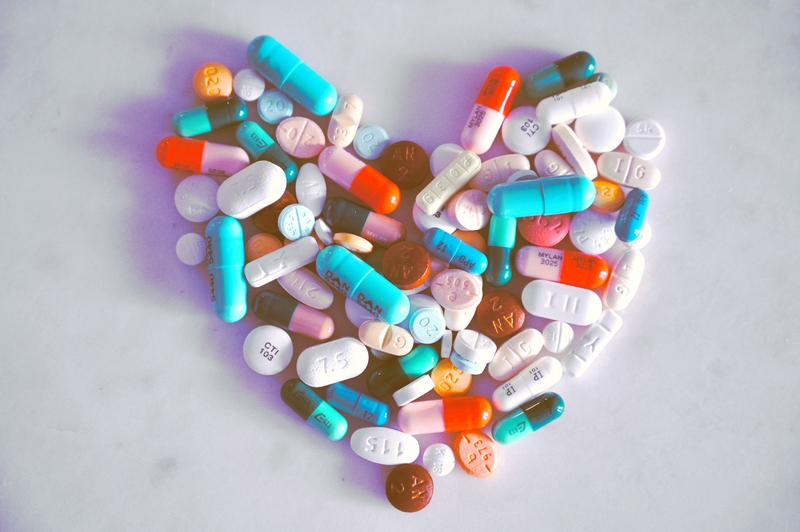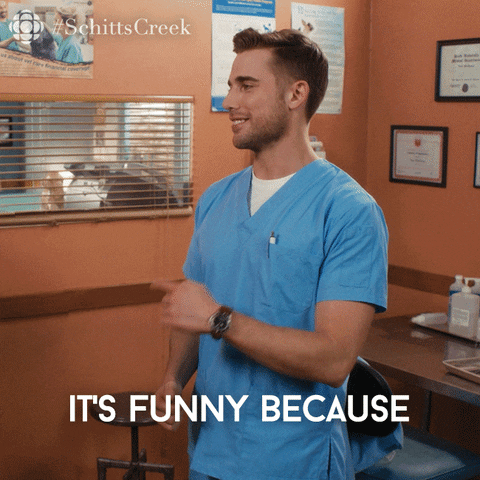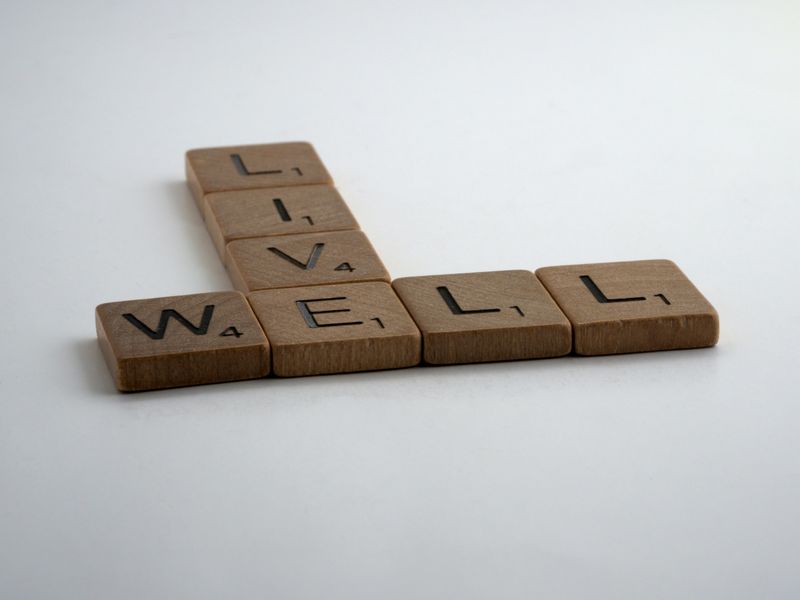
This logo isn't an ad or affiliate link. It's an organization that shares in our mission, and empowered the authors to share their insights in Byte form.
Rumie vets Bytes for compliance with our
Standards.
The organization is responsible for the completeness and reliability of the content.
Learn more
about how Rumie works with partners.
 Photo by Madison Agardi on Unsplash
Photo by Madison Agardi on UnsplashThe placebo effect happens when someone’s medical symptoms are improved by taking an inactive substance or treatment with no known medical effect.
In medicine, placebos are used in clinical trials. But did you know that they can also affect your everyday life?
Did you know?
What It Works On
Conditions that respond better:
pain management
stress-related insomnia
cancer treatment side effects like fatigue and nausea
high blood pressure
immune disorders
Conditions that don't respond or don't respond as well:
cholesterol levels
cancer
obsessive-compulsive disorder
Alzheimer’s disease
Quiz
What is a placebo likely to help with?
Placebos work better on symptoms regulated by the brain, so you're more likely to benefit from a placebo if you have a migraine than the other examples.
Placebos Outside Of Medicine

The placebo effect doesn't just influence medical symptoms. It could also affect some important life skills:
Increased well-being — when practicing self-help rituals like healthy living, eating right, exercising, yoga, social time, and meditating.
Speed, Strength, and Endurance —when clocks were secretly tampered with to make them run slow, cyclists training to exhaustion were able to persist significantly longer.
Creativity — hotel employees that received more positive feedback from their bosses demonstrated more creativity in solving day-to-day problems.
Quicker Learning — mental function improved after receiving a fake electrical current.
The Power Of Ritual

Did you know?
The Nocebo Effect

If you can think yourself well, can you also think yourself ill? The Nocebo effect shows that you can.
The nocebo effect can produce psychosomatic symptoms that mimic the effects of every condition known to medicine and include:
tremors
paralysis
seizures
blindness
It's estimated that one in six hospital appointments in neurology are for people with psychosomatic symptoms. Doctors need to be very careful to determine if there's another explanation before determining that psychosomatic symptoms are the cause of your illness.
Did you know?
Take Action
This Byte has been authored by
Jessica Walker
Digital Designer, Engagement
This Byte has been reviewed by
Lana Do
MD, MPH, BCMAS
